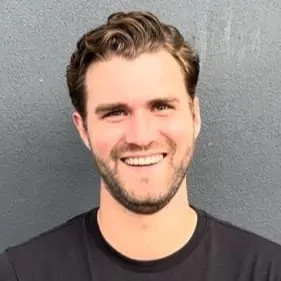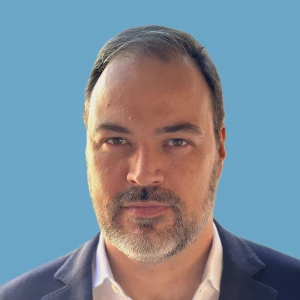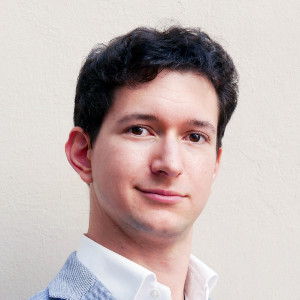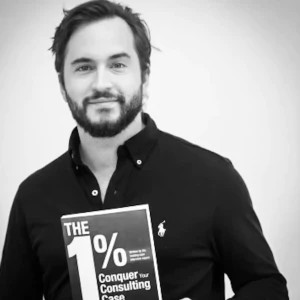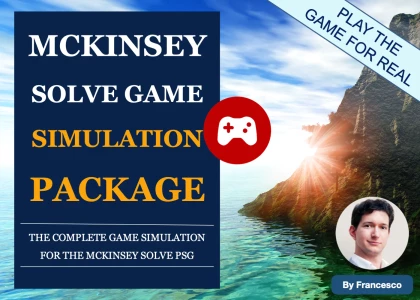Hi all,
I am doing a McKinsey practice case and the second question is this: The team wants to explore BioFuture’s current drug pipeline. The team decides to focus first on evaluating the value of BioFuture’s current drug portfolio. What issues should the team consider when evaluating the value of BioFuture’s existing drug pipeline?
Ive interpreted this as a brainstorming question - any tips on how to structure this answer? I have to tried to structure it to cover the important points it seems somewhat messy / unstructured.
Thank you.





